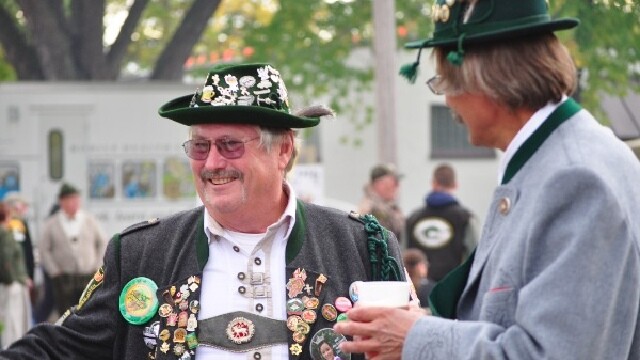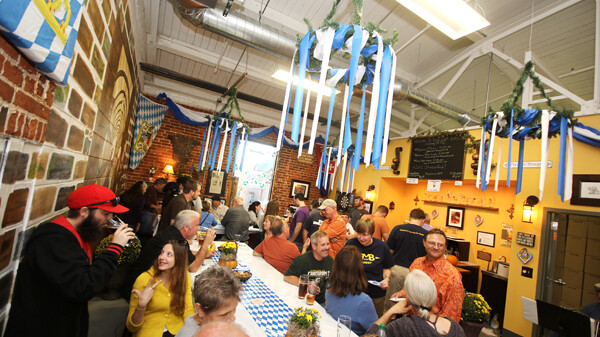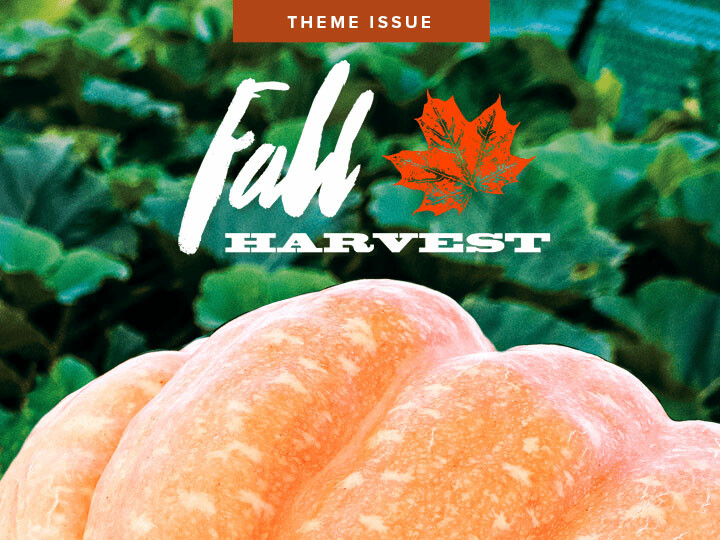Oktoberfest’s Shocking Past
digging into the origins of the beer swillin’, brat eatin’ German festival

The first Oktoberfest took place in Munich, Germany, in 1810, when the Bavarian Crown Prince Ludwig was to be wed to Princess Therese on Oct. 12. Prince Ludwig was known to be obsessed with history, and wanted a public event that could be compared to the Olympic Games of old. He organized a public horse race in a meadow outside of Munich, and the festival was born on Oct. 17. The event was so popular that it has been held ever since. The second year, they added an agricultural fair to the event, and that portion of Oktoberfest still exists in Munich every three years. Year by year events and food have been added, but it still takes place in that meadow, now named Theresienwiese (Wiesn for short) after Princess Therese.
Tap the Kep!
“Oktoberfest” and “beer.” To anyone who has been to Oktoberfest (or even just heard of it) those two words go together like peanut butter and jelly. But what most people don’t know is that Oktoberfest in Munich didn’t even include beer for the first 70 years of its existence. In 1881, the city council finally allowed beer sales and the first grilled chicken stand. Those seven dry decades aren’t the only shocking truth about Oktoberfest. There’s this one: Some of the first beer stands were built in trees. Those poor stein-wielding Germans had to climb trees to get beer. That has schrecklich kämpfen written all over it.
Soon beer became a staple in the festivities. The biggest beer tent to ever be erected, the Bräurosl, was built in 1913 on the grounds with enough space for 12,000 guests. Although it still exists, it only holds half of what it used to, but don’t worry. They built the Hofbräu-Festzelt to hold 10,000 more.
In 1950, the opening ceremony tradition began. The Lord Mayor of Munich starts the festivities by tapping the first keg and yelling “O’zapft is,” announcing that the keg has been tapped. Beer may not have been around in the beginning, but it later became the elixir of Oktoberfest.
Two-Century Tradition
Oktoberfest is still going strong in Munich. Every year the event generates about one billion euros in business, and the 200th anniversary in 2010 was the biggest Oktoberfest celebration ever. (Average daily attendance was 375,000). It has become a massive tourist event sporting souvenirs, art, agriculture, amusement rides, music, authentic German food and, of course, beer on tap.

Our Oktoberfests
Oktoberfest, Chippewa Falls
Sept. 20-22 • 11am-11pm
Northern Wis. State Fairgrounds
225 Edward St., Chippewa FallsLazy Monk Oktoberfest
Sept. 28 • 4-9pm
The Lazy Monk Taproom
320 Putnam St., Eau Claire
Oktoberfest USA
Sept. 27-Oct. 5Oktoberfest Fairgrounds, La Crosse
Dallas Oktoberfest
Oct. 5 • 9am-evening
Dallas Park, Old Mill Pond
Dallas, Wis.La Crosse’s festival, which began in 1961, brings in an average of 175,000 people over the course of a weekend. It features parades, live music, beers from both local breweries and German breweries, and a whole host of authentic German foods. In the early 1960s, the U.S. government approved the name of “Oktoberfest, USA” and the La Crossse event was born. Since then there have been many Oktoberfest celebrations throughout the United States (the largest is in Cincinnati) and all over the world. The German traditions echo in American society, as the United States is second only to Germany itself for the number of German-born citizens.

